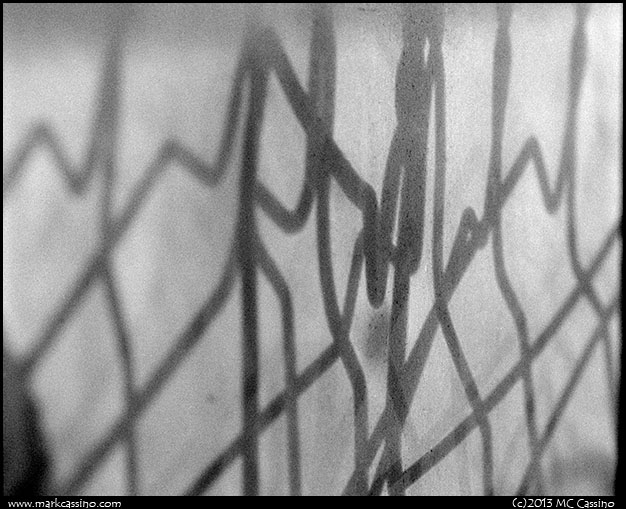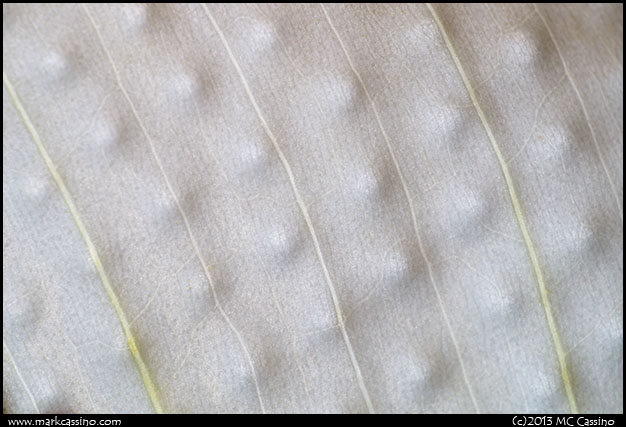The Signature Artists’ Cooperative will be exhibiting in Holland, Michigan this summer. Signature In Summer will be at the Holland Area Arts Council from June 11 - August 31, 2013:

I’ll be exhibiting two prints from the Visitation Project, which I have been quietly loading up in another blog here. First physical prints ever from this series. I will also be at the opening reception. Learn more about Signature at signature-artist.com
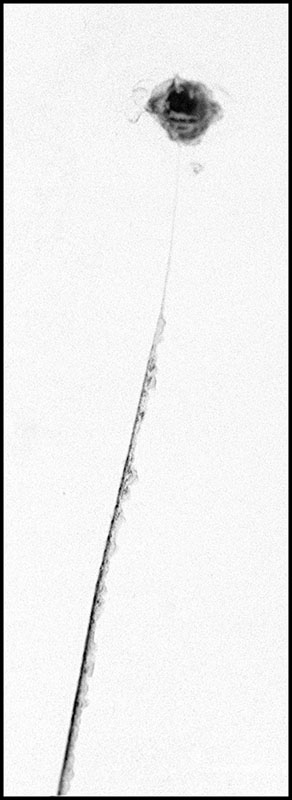
Here we are in June already. Despite the cold spring, by now the dragonflies must be out. Last weekend - the last weekend of May - I visited a familiar field looking for the winged devils. I found a few, and took their pictures. This morning, first weekend in June, I noticed a common whitetail buzzing around my house. It kept landing on my car which I took to be a suggestion that I should get out to the country and look for dragonflies - so I did just that.
Here is a roundup of my first 2013 dragonfly photos - for each, click on the image for a lager file. All photos taken with a Pentax K-5, A*200mm macro lens, and DIY macro flash bracket.
Here is a female Twelve Spotted Skimmer from last weekend, first dragonfly shot of 2013. You may know that I go to great pains to get these shots, and in this case it was more painful than usual. The insect settled down in a clump of eastern prickly pear cactus, and despite all my best precautions I wound up sitting on a cactus, landing my elbow in a cactus, and pressing my hand on a cactus as I went to stand up. Prickly pear is more annoying than dangerous - the needles just stick in your outer skin till something happens to push them straight in, and then they just make for a tiny annoying prick. But for several days after taking these shots I’d settle into a chair or put on a garment and feel that annoying prick as a needle finally found its way home.
So - two shots in the prickly pear:
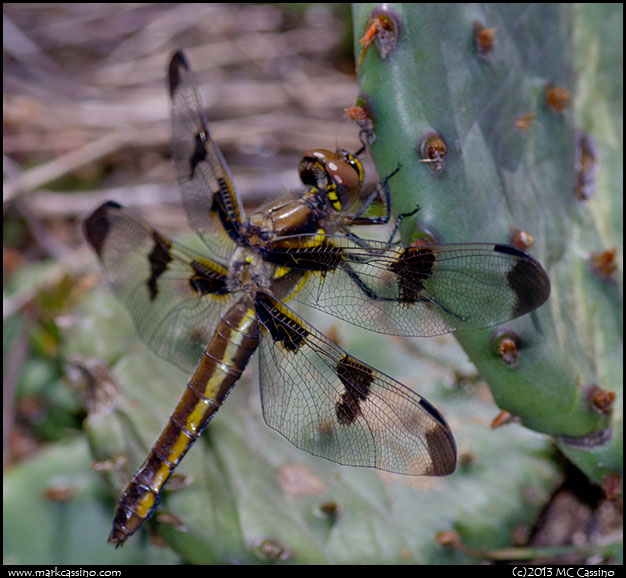
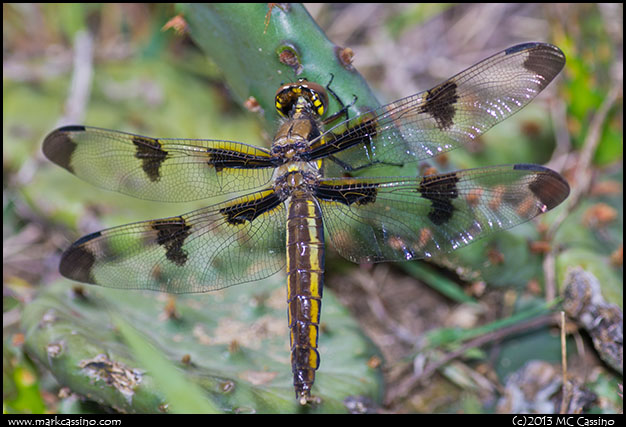
Here is another dragonfly form last weekend - I am not sure what it is. Body markings look like a Spiny or Beaverpond Baskettail, and it did have some green in the eyes like a Beaverpond. But, I don’t see any indication in my field guides that either species has brown tinted wings.
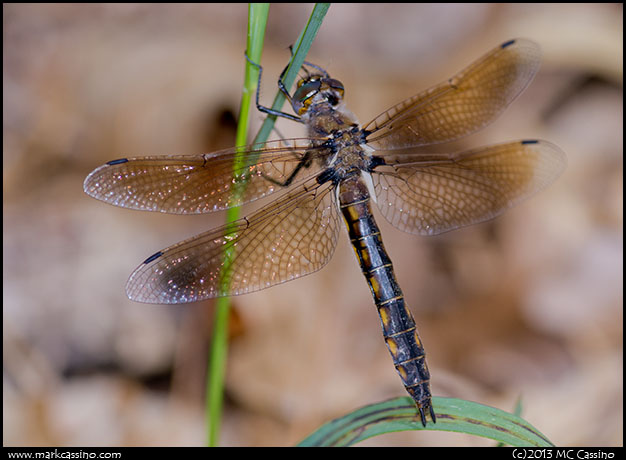
Then, this afternoon, I returned to the northern edge of the Allegan Forest looking for more subjects. As soon as I stepped out of the car I encountered several blue dashers. Let’s start with males showing the characteristic blue abdomen:
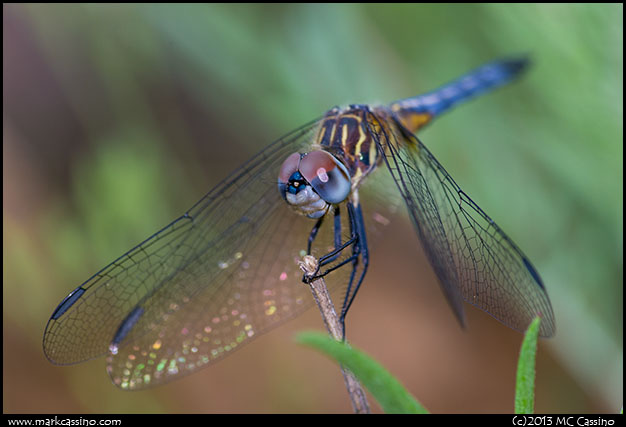
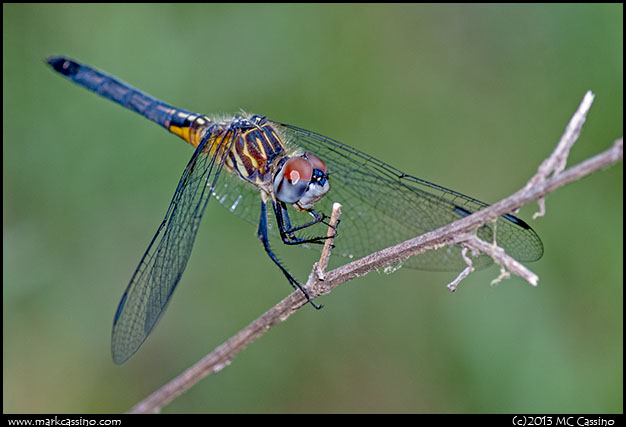
And some females or immature males (they are similar in appearance):
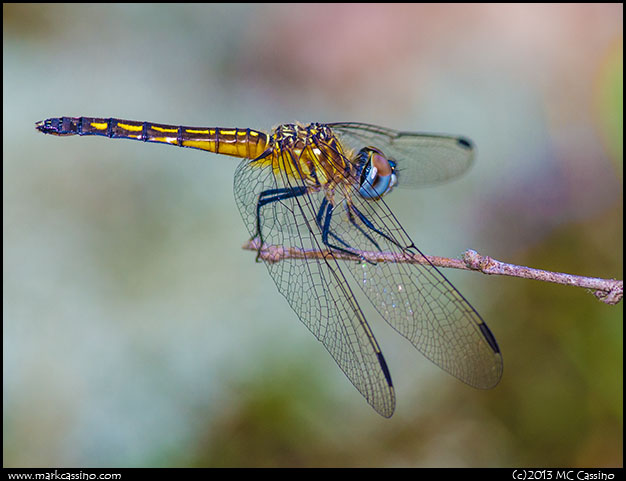
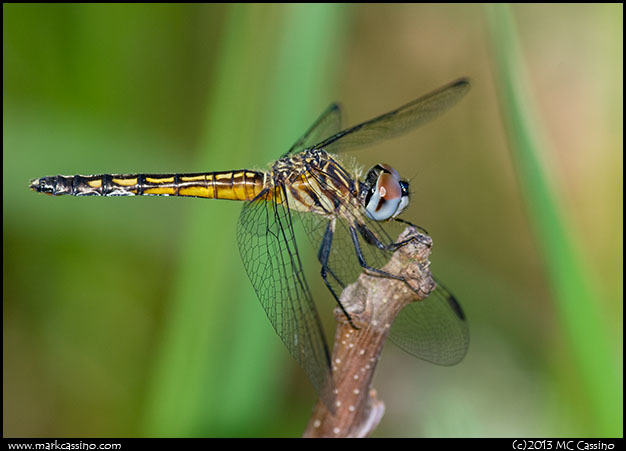
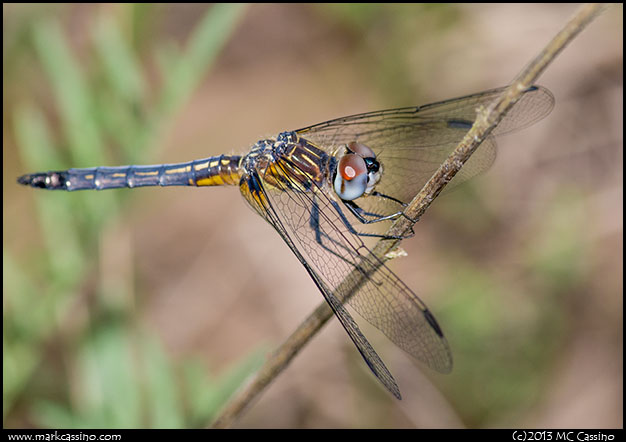
These Clubtails (family: Gomphidae) are typically abundant in these northern fields in the spring and early summer.
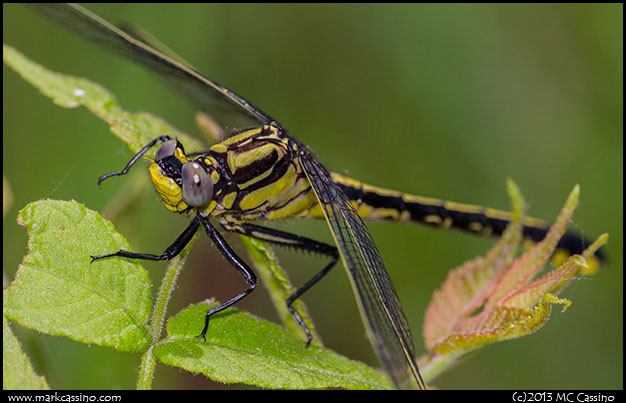
I’m not sure what species of Gomphidae these clubtails are, but they are fierce hunters. Here is one devouring an Eastern Pondhawk - itself a large species that also preys on other dragonflies.
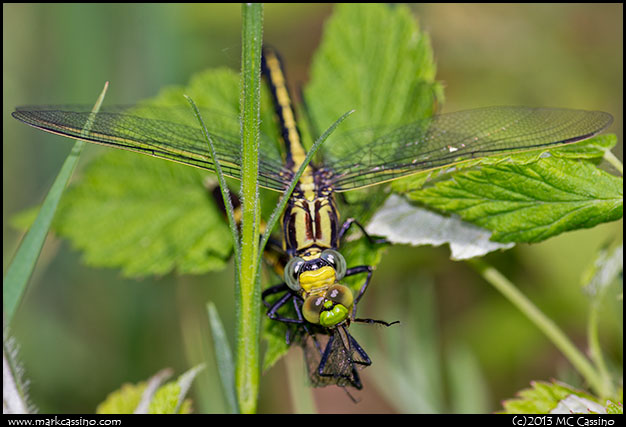
As a parting shot - a female Common Whitetail, perched above dried leaves from last fall:
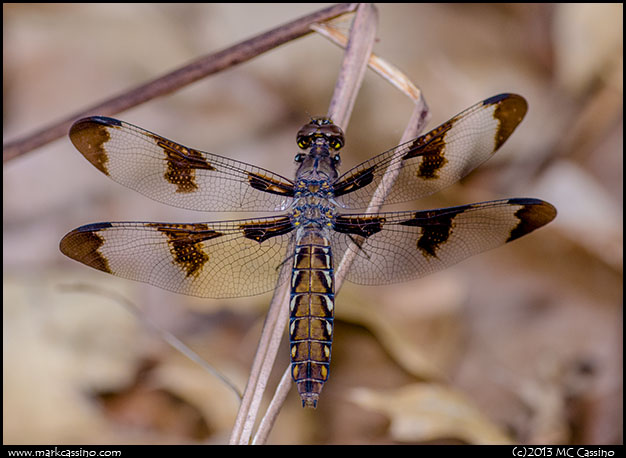
I travel a bit for my job and this week spent a little time in West Virginia. They got deer there like Carter’s got pills. Yesterday evening I took a few snapshots of some of the deer on the grounds where I was staying, they were fairly tame but wouldn’t really let me get all that close.
I got the Pentax Q to use for business trips and have put together what I think is a pretty nice kit that covers everything form an ultra wide angle to a 280 telephoto, and still fits in a bag that at best would hold a DSLR and standard zoom.
These shots were taken with the Q and the 06 Telephoto lens, which is really a remarkable optic. I must confess that I introduced an element of incompetence in that I accidentally enabled the build in 2 stop neutral density filter in the lens - great for allowing wide open shots in bright sun but not so great in end-of-day light. So the shots were taken at a little higher ISO than they could have been and are not as sharp as they could have been… Well, I aint so good at showing off this fine camera, but I do love shooting with it.
Click on the pictures for larger ones.
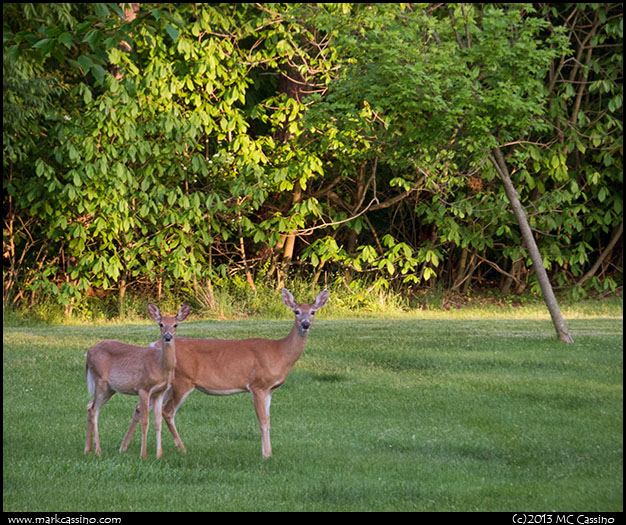
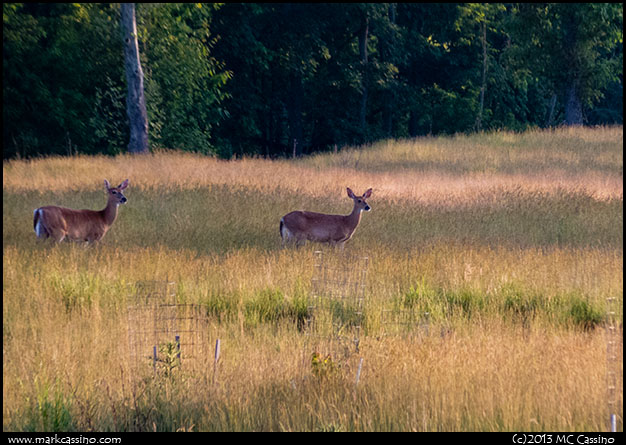
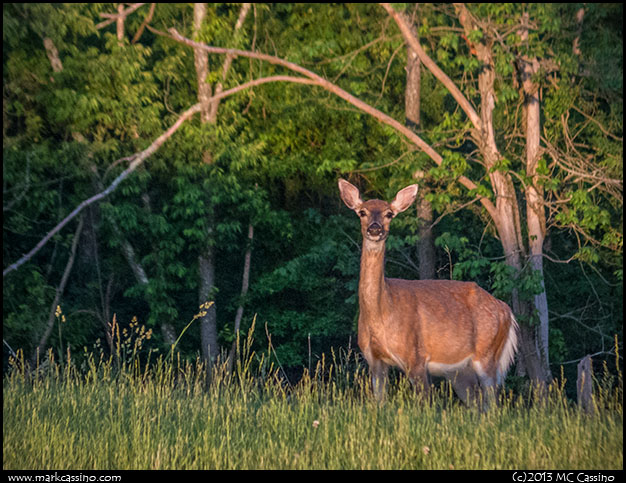
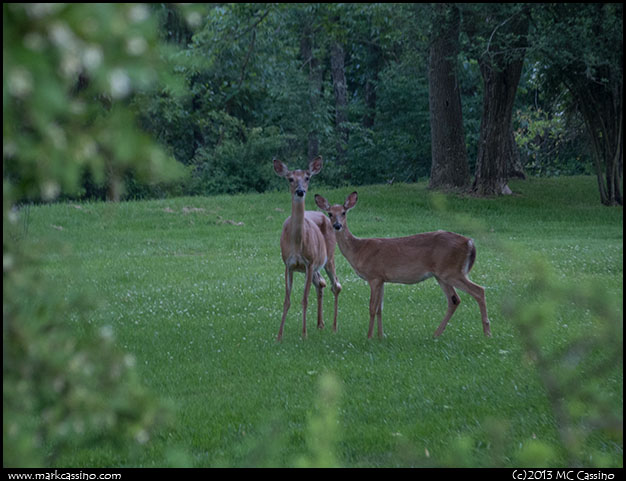
Worldwide pinhole photography day came and wnet about a month ag0 - April 28th. It was a rainy cold day and I made a desultory trip out to a nearby geographic formation called the Devil’s Soup Bowl. Old Scratch didn’t shine any light on anything and I wound up just taking a snap of an old guardrail in the woods, and then went home. Here’s the pinhole shot:
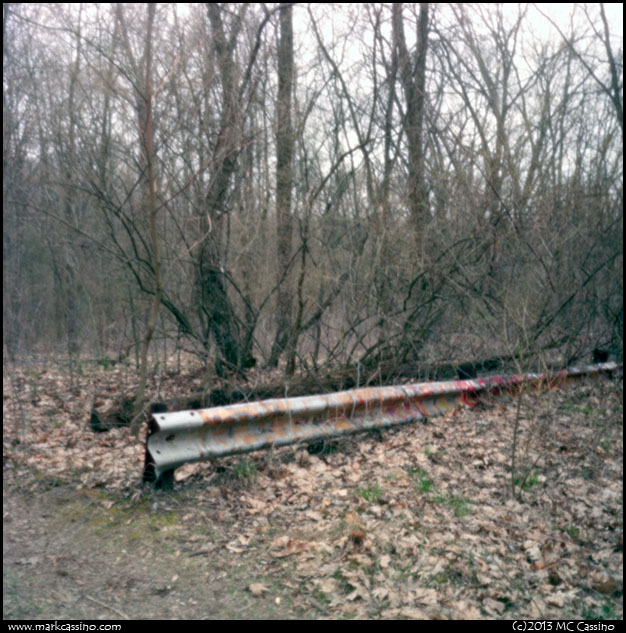
Here’s a picture of the pinhole camera:

Worldwide Pinhole Photography Day website:
http://www.pinholeday.org/
I arrived a little late to the party for wildflowers this spring. Three weeks ago I scouted some areas and saw little happening - a few wild leeks and harbinger of spring, but otherwise no flowers were out. Given the cold weather since then I expected that the early spring flowers would just be peaking by now - but to my surprise I arrived in the woods today and found the hepatica and trout lilies gone, and bloodroot and other earlier flowers long gone. I guess 3 weeks is a considerable period of time in early spring.
But not everything was finished - here are a few images from this afternoon’s trip. Click on the images for larger files.
Showy trillium were the first flowers to grab my attention, and the woods were thick with them today. Some trillium were even starting to fade. Here’s a standard issue trillium, and close up of another specimen below it:
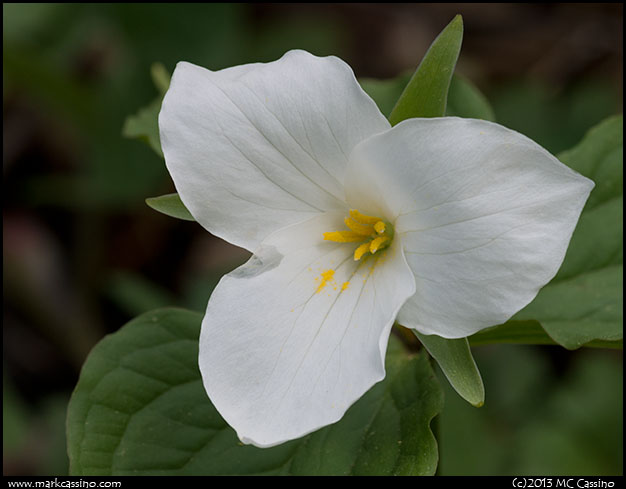
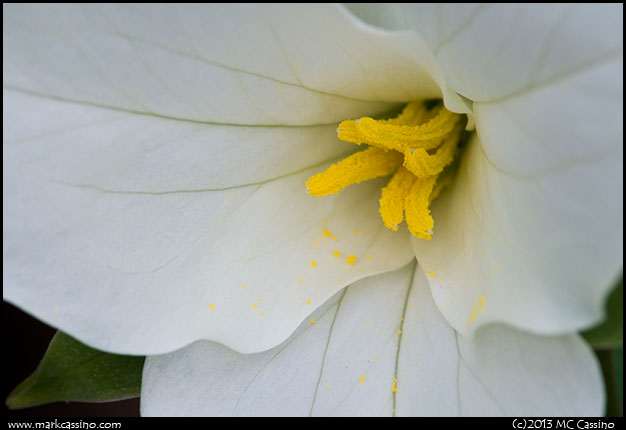
Next I stumbled into some dutchman’s britches - a flower that I usually think of as an earlier spring wildflower. As you can see, this specimen was a little old and worn around the edges - but hey, many of us are…
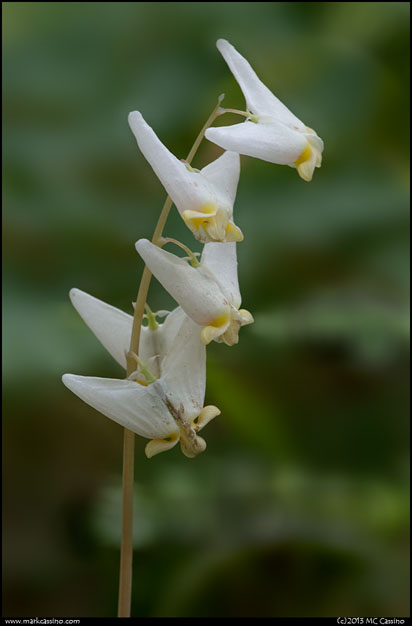
Spring beauty was everywhere..

And with fronds like these, who needs anemones?
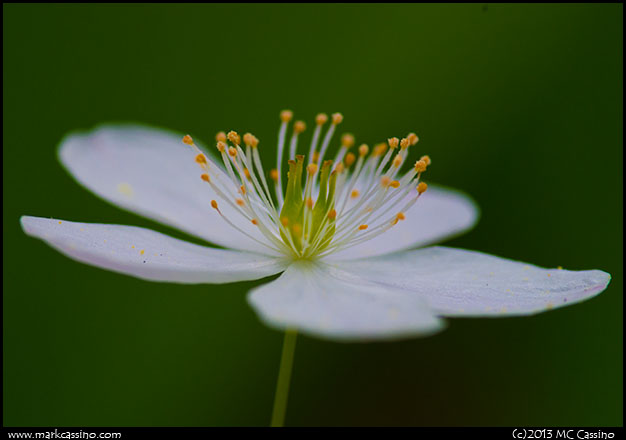
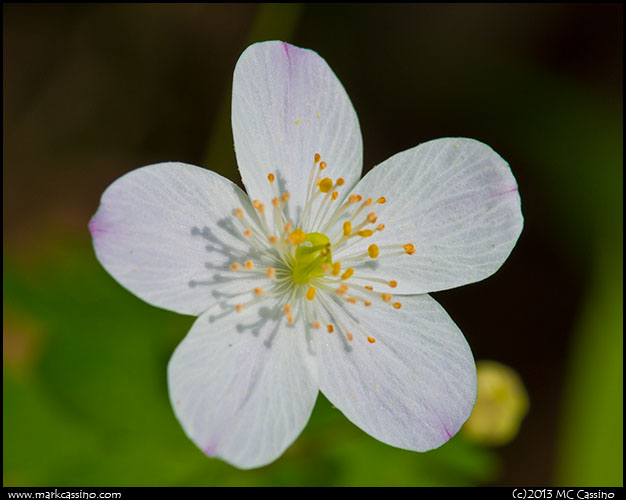
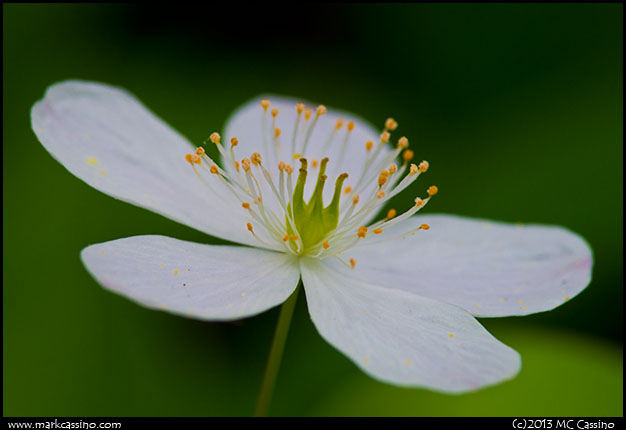
And a little bellwort to round out the day:
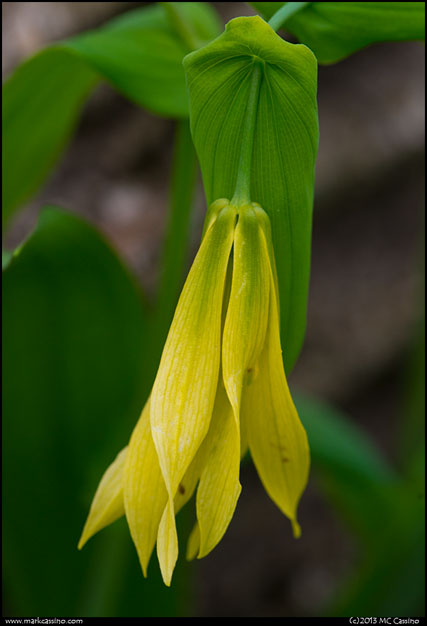
This will probably be it for my 2013 spring wildflowers - not sure if I will be back in the woods before the party is completely over. All of these shots were taken with a Pentax K-01, which is proving to be quite a useful camera for closeup work. Lens was an SMC A* 200mm macro. A diffuser was used in some shots, but the soft light form high overcast clouds and the flowering canopy above reduced the need for the diffuser. For the first time I used an IR remote to trigger the camera, and have to say that is one piece of gear I should have gotten a long time ago….
Looking out of my window this evening I thought I saw an unusual sparrow and went outside to check it out. I steeled down in the passenger seat of my car, parked in the driveway, hoping to get a closeup view of the bird - but it apparently departed when it saw me coming out. In a few minutes the house sparrows, grackles and jays came back and started feeding, and then this mourning dove. Here it is, shaking its head after a drink form the bird bath. Click on the image for a larger file.
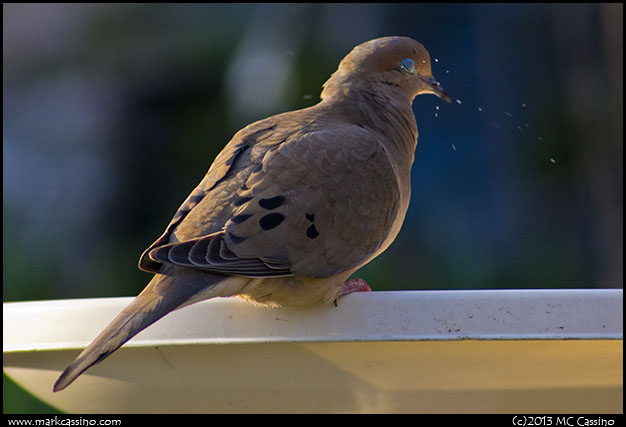
Pentax K-5, Tokina ATX 400 f5.6.
